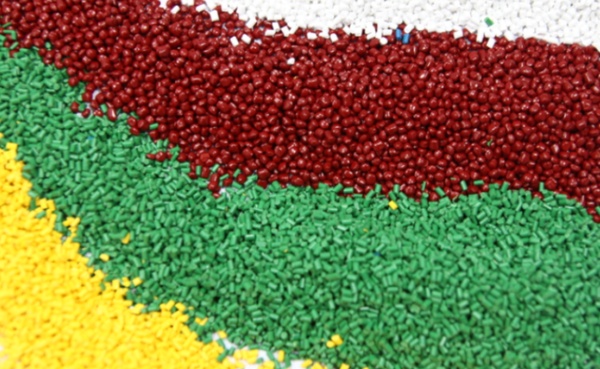The Secret Revealed: The Application of Color Masterbatches in the Industrial Field
Color masterbatch, as a new type of coloring agent for polymer materials, is widely used in the industrial field. The following are its main application directions.
In the plastic industry, masterbatch plays an important role. On one hand, it can be used for coloring various plastics, such as polyethylene, polypropylene, polyvinyl chloride, and polystyrene. By adding different colors and proportions of masterbatch, a wide range of colorful plastic products can be produced, such as plastic pipes, sheets, containers, films, and toys. On the other hand, according to information from the masterbatch industry website, certain masterbatches can also impart special properties to plastics. For example, adding masterbatch containing ultraviolet absorbers can enhance the weather resistance of plastics, preventing plastic products from aging and fading outdoors due to UV exposure; adding masterbatch with antistatic properties can give plastic surfaces conductivity, reducing static accumulation and avoiding dust accumulation and electric shock issues.

In the rubber industry, color masterbatches are also essential. They can be used for coloring rubber products such as tires, seals, hoses, and sheets, exhibiting good dispersion in rubber, enabling uniform and vibrant colors that meet the aesthetic requirements of different applications. Some special functional color masterbatches can also improve the properties of rubber; for example, adding carbon black-containing color masterbatches not only turns rubber products black but also enhances their strength, wear resistance, and conductivity. Adding certain metal oxide color masterbatches can improve the heat resistance and aging resistance of rubber.
In the fiber industry, masterbatches are widely used. During the production of chemical fibers such as polyester fibers, nylon fibers, and polypropylene fibers, masterbatches are extensively utilized for fiber coloring. By uniformly mixing masterbatches with polymer chips before spinning, various colored fibers can be produced through melt spinning. This coloring method is more environmentally friendly and efficient compared to traditional dyeing methods, as it reduces wastewater discharge and energy consumption. In addition, some functional masterbatches can endow fibers with special properties. For example, adding masterbatches containing antibacterial agents can impart antibacterial and deodorizing functions to fibers, making them commonly used in the production of medical and health products as well as high-end clothing fabrics. Adding masterbatches with far-infrared emission functions can enable fibers to have warming properties and promote blood circulation, which are often used in the production of functional textiles.
In the paint industry, masterbatches also play an important role. They can be used for color matching in paints. By adding masterbatches to the paint and employing processes such as stirring and dispersing, the desired color can be achieved. Compared to traditional pigment color matching methods, using masterbatches for color matching is more convenient and accurate, reducing pigment dust dispersion and waste while improving color matching efficiency and quality. Some masterbatches can also enhance the performance of the paint; for example, adding masterbatches containing anti-rust pigments can improve the anti-rust properties of the paint, commonly used in metal anti-corrosion coatings. Adding pearlescent masterbatches can give the paint a pearl-like luster, increasing its decorative quality, often used in high-end coatings such as automotive paints and furniture paints.
【Copyright and Disclaimer】The above information is collected and organized by PlastMatch. The copyright belongs to the original author. This article is reprinted for the purpose of providing more information, and it does not imply that PlastMatch endorses the views expressed in the article or guarantees its accuracy. If there are any errors in the source attribution or if your legitimate rights have been infringed, please contact us, and we will promptly correct or remove the content. If other media, websites, or individuals use the aforementioned content, they must clearly indicate the original source and origin of the work and assume legal responsibility on their own.
Most Popular
-

List Released! Mexico Announces 50% Tariff On 1,371 China Product Categories
-

Nissan Cuts Production of New Leaf EV in Half Due to Battery Shortage
-

New Breakthrough in Domestic Adiponitrile! Observing the Rise of China's Nylon Industry Chain from Tianchen Qixiang's Production
-

Dow, Wanhua, Huntsman Intensively Raise Prices! Who Controls the Global MDI Prices?
-

Mexico officially imposes tariffs on 1,400 chinese products, with rates up to 50%






